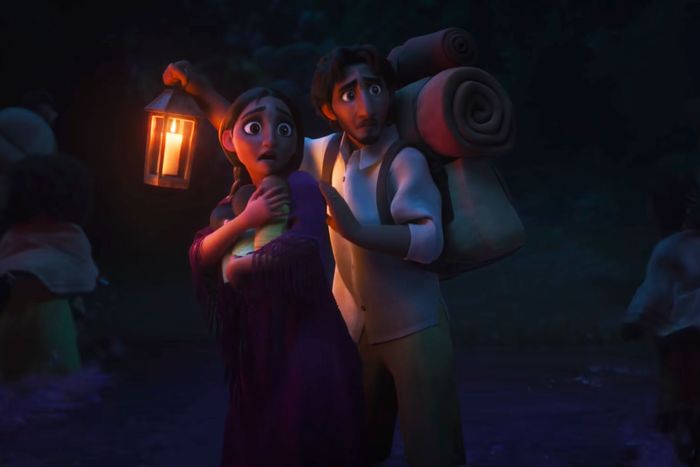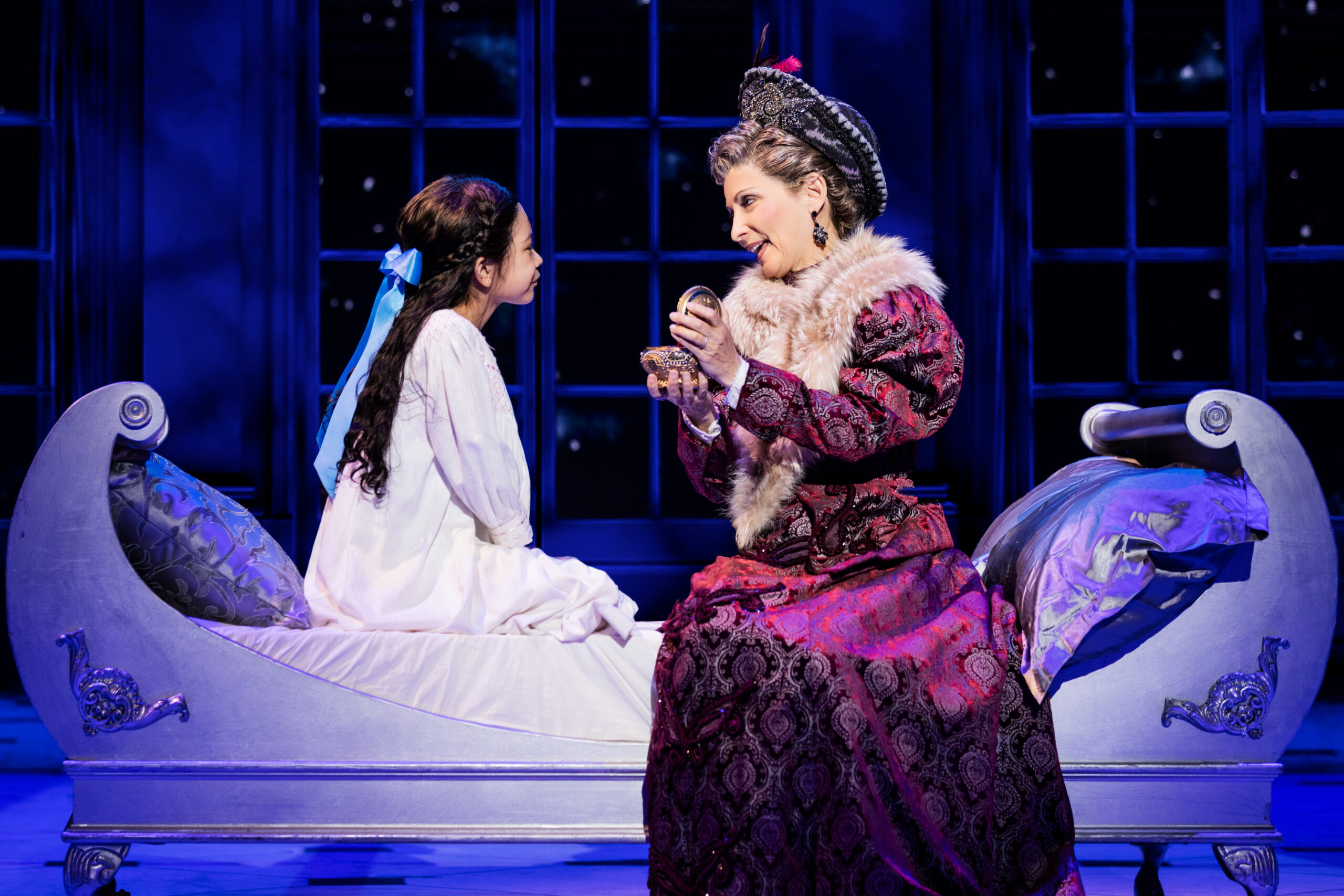To close out this Passion thread, let’s talk about one of my current favorite artists: Quevedo. Pedro Luis Domínguez Quevedo, performing under Quevedo, is a 21 year old Spanish singer who is currently dominating the charts in Spain and climbing in the world of Latin music. As a teen, he entered the scene with freestyle rap and began to build a local name for himself. From Las Palmas in the Canary Islands, Quevedo pays respect to his city in almost every song, singing the syllables “LPGC you know.” After starting his career in 2020, he now has millions of listeners around the globe and continues to gain popularity in the Latin world.
Quevedo’s rise to fame was undeniably his summer 2022 collaboration with Argentine producer Bizzarrap (also mentioned in PAS1 with Shakira). In a three minute song titled “Quevedo: Bzrp Music Sessions, Vol.52,” Quevedo’s new style and voice combined with Bizarrap’s acclaimed production won over the hearts of listeners throughout Spain, Latin America, and the world, reaching the number one spot in 8 countries. More commonly referred to as “Quédate,” the first lines of the chorus, the song quickly became the Song of the Summer, with instrumentation and themes that completely match the late summer night scenes of Spain. The combination of sexual and romantic themes expressed in the song give it the perfect vibe for an audience around Quevedo’s own age.
Most notable about Quevedo’s style is his skill in both rap and singing. In producing this hiphop style with Latin influences, he puts a very modern, cosmopolitan taste into his songs. Specializing in freestyle rap, his rap verses always contain a smooth flow with a perfect amount of variation in tone. Quevedo’s voice is unique and contains special qualities that attract an audience with ease. Whether it be the low pitch, the rounded tone, or the colloquial delivery, his voice is incredibly captivating and matches the themes of his music.

image from loffmusic
Recently releasing his first album in January, Quevedo establishes his position within the musical world again. The 16 track album titled “DONDE QUIERO ESTAR” compiles several of his more recent singles with new tracks and interludes that show a more personal side of the musician. First released as a single in 2022, just weeks after his collaboration with Bizarrap, “Sin Señal” with Ovy on the Drums is a similar style and theme, expressing the party scene in Spain, this time with more Latin and reggaeton influences. This song actually introduced me to Quevedo, and I quickly began listening to his other tracks.
Another one of my favorites is “Playa del Inglés,” a collaboration with Puerto Rican rapper Myke Towers. While incredibly explicit in lyrics, the orchestration of this piece is captivating and elevates both artists’ voices and rap styles. The pushing, technological background combined with the longing nature of Quevedo’s voice creates a unique musical environment and really proves how much of a summer sense his music is influenced by.
The closing track “Donde Quiero Estar” gives a more personal look into Quevedo’s ambitions and achievements. In the powerful line “estoy donde quería estar, no donde quiero estar” (I’m where I wanted to be, not where I want to be), Quevedo closes his debut album by making it clear that his future in music will be bright. He also expresses a very emotional theme, unlike his first singles, and connects himself to the audience as a real person, not just an artistic figure.
As Quevedo’s career continues to grow, remember his name with this blog post, and I hope you’ve enjoyed this journey of Latin music and beyond with me!














